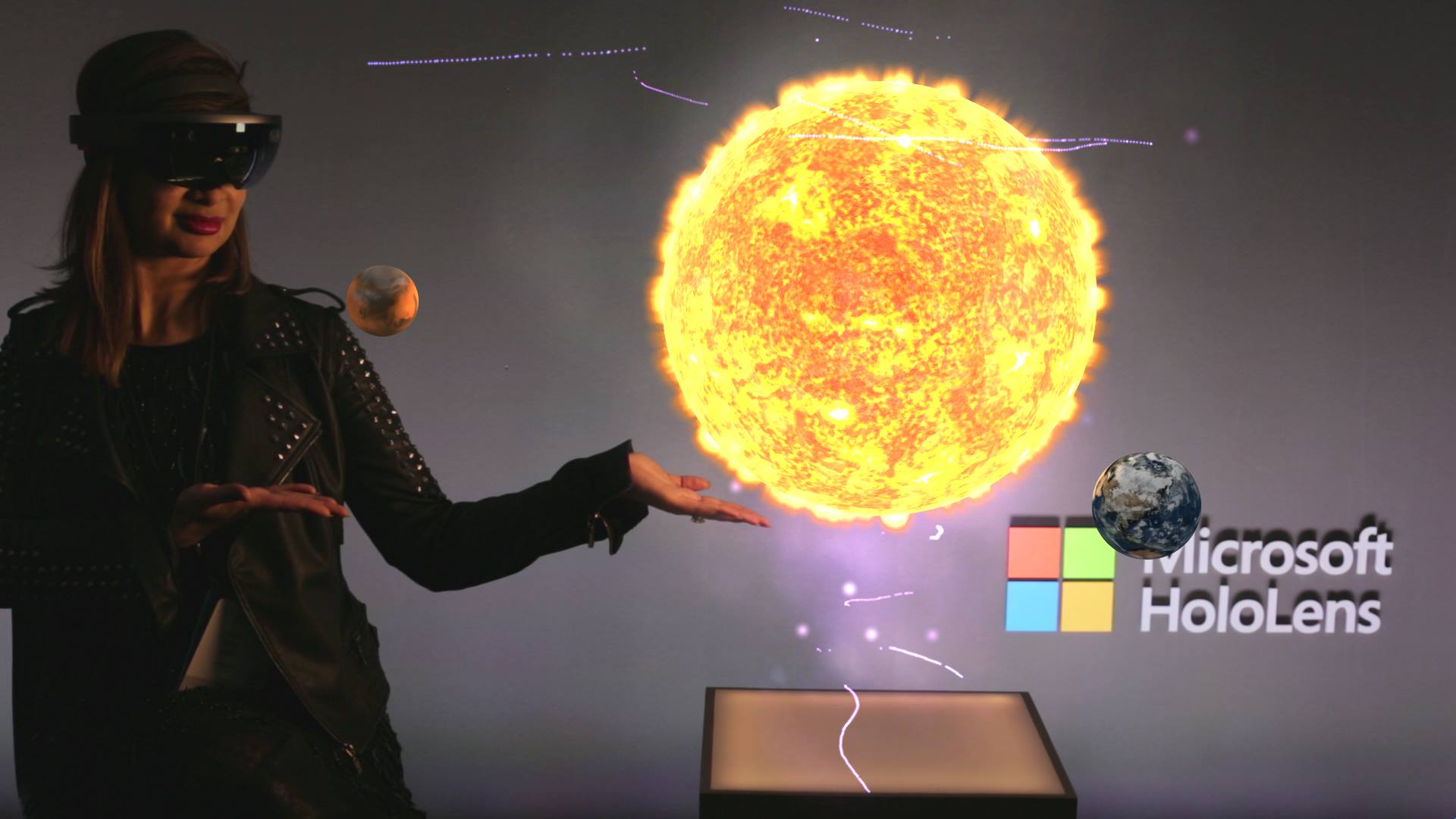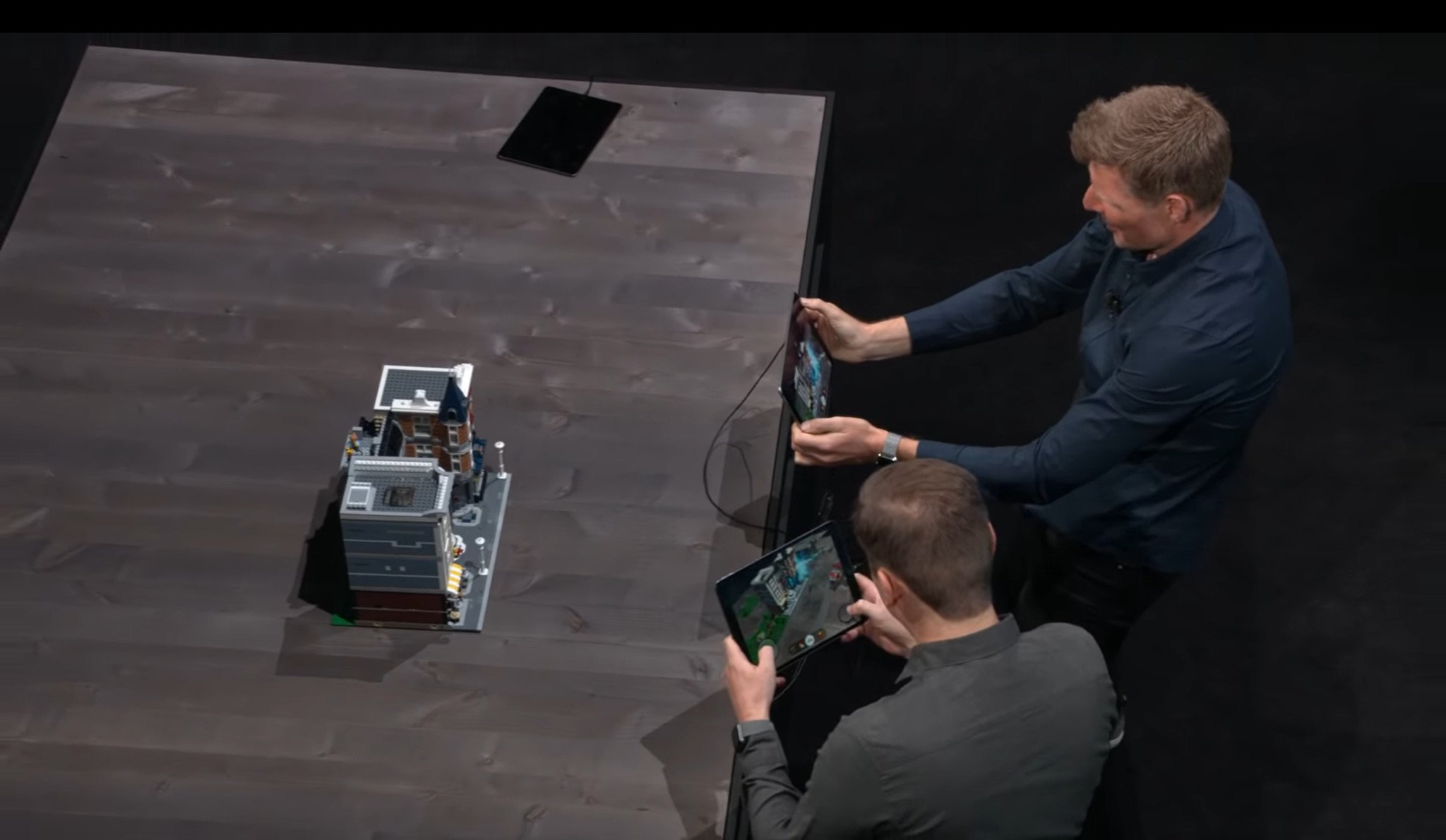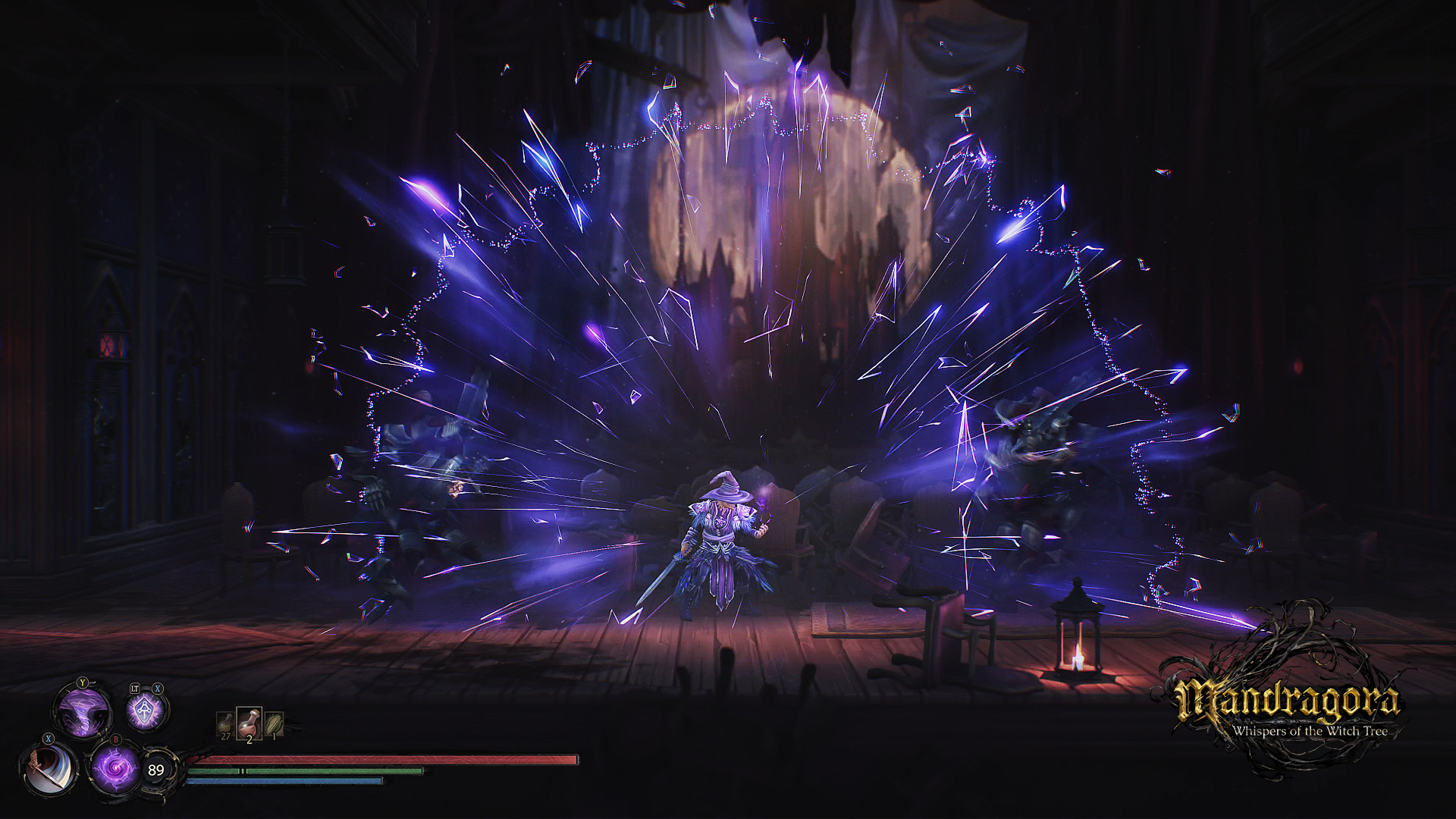Microsoft's HoloLens evolves in shadows as Apple's ARKit makes leaps in limelight
Augmented reality (AR) has been embraced as the next step in personal computing's evolution. Leading tech companies are approaching this industry with vastly different strategies, however.

Augmented reality is the process where elements of the digital world are overlaid onto the physical world in a user's field of view. This digital content can range from complex objects like a digital representation of a real person (telepresence) to simple text that provides more information about a physical object to which that text is "attached."
Apple and Microsoft are just two companies (among others like Google, ODG and Magic Leap) that are attempting to establish a foothold in this nascent industry. Each of these companies CEOs, Microsoft's Satya Nadella and Apple's Tim Cook, see AR as the future of computing but are approaching its implementation from different angles.
Microsoft, like Magic Leap and ODG, is approaching from a position that represents where the tech is ultimately headed, a wearable AR headset that facilitates hands-free interaction with AR content in real space. It is complementing the hardware with a comprehensive software platform, Windows Mixed Reality, as part of Microsoft's Universal Windows Platform (UWP). Apple, like Google's ARCore approach, is leveraging iOS via ARKit to bring AR experiences to millions of consumers and developers through the 2D displays of their iPhones and iPads.
Will Microsoft's smartglasses strategy be overshadowed by rivals?
Apple's ARKit advantage

Both Microsoft's and Apple's approaches come with advantages and disadvantages. Though Apple's 2D AR approach via the screens of iPhones and iPads is a far less natural experience than Microsoft's hands-free "immersive" HoloLens approach, it potentially leverages Apple's 20 million developers and hundreds of millions of iOS users to build mindshare and a vast range of AR experiences.
The sheer number of iOS users and developers also creates an appealing reason for companies like Adobe to partner with Apple. Abhay Parasnis Adobe's executive vice president and CTO said, "With ARKit Apple is the most powerful platform for AR" as he spoke about bringing native support for Apple's AR solution to Creative Cloud during Apples 2018 World Wide Developers Conference.
Apple, with Pixar also created the USDZ file format and demonstrated how it could be used within apps like the News app or on the web to integrate interactive AR content. Parasnis also shared that Adobe's tools will allow What-You-See-Is-What-You-Get (WYSIWYG) editing of VR objects from iOS. Users will be able to create AR content directly from Photoshop. Additionally, Apple strategically created a first-party AR measuring app which users may default to when they need to make measurements, as naturally as they do their iPhone flashlights when additional light is required. First, party tools like this can begin to win people to practical uses of AR subtly.
Get the Windows Central Newsletter
All the latest news, reviews, and guides for Windows and Xbox diehards.
The HoloLens advantage
Microsoft's HoloLens, even with its much-maligned limited field of view (FOV), is a technologically superior AR solution to Apple's iPhone and iPad-based implementation. First, it is a standalone wearable Windows 10 computer. Second, it's positioning over a user's eyes allows digital content to be projected naturally into a user's field of view versus on an iPad/iPhone display that needs to be maneuvered in-hand. Third, spatial tracking, gesture and voice controls and spatial audio allow for natural perception and hands-free interaction with digital content as users seamlessly interact with the merged digital-physical environment.
Microsoft's second generation custom Holographic Processing Unit (HPU) will also sport a dedicated AI coprocessor allowing for native and flexible implementation Dynamic Nueral Networks. This will allow HoloLens to process data on-device, without the cloud, making object and environment recognition speedier. HoloLens 2 is also expected to have a longer battery life, be always connected and less bulky than its predecessor.
This year Apple introduced the following ARKit features with iOS12:
- Improved face tracking.
- Realistic rendering.
- 3D object detection.
- Persistent experiences: AR objects and spaces can be saved to physical objects.
- Shared experiences: users can view the same virtual environment on their iOS devices.
These updates are playing catch-up with features that have long been part of HoloLens, however.
Augmented rivalry
HoloLens has long allowed persistent experiences, where AR apps or objects could be "pinned" to specific physical locations like pinning Netflix to the living room for a TV experience. Furthermore, shared experiences are an intricate part of the Windows ecosystem of which HoloLens is a part. Microsoft has demonstrated how HoloLens experiences can be shared across the Teams apps, during surgery, designing a car, via the Remote Assist app and much more.
Microsoft's "immersive" shared HoloLens experiences places users within the digital-physical space allowing them to "touch" digital content. Conversely, Apple's WWDC shared AR Lego demo looked more like two users, detached from the digital environment, merely playing a cooperative video game on their iPads as they touched the screens between them and the digital content – precisely as one does for non-AR experiences. So what's the point?
Apple's solution, though far less advanced than Microsofts' is positioned to build a strong AR ecosystem and user base for an AR wearable that is likely on Apple's roadmap. When that happens, Microsoft, with its superior tech and methodic HoloLens implementation in specific markets may find that Apple's phone and tablet-based ecosystem rollout will have augmented the threat of an Apple wearable. Or perhaps by that time, Microsoft will have a HoloLens consumer plan in play bringing its superior tech to the forefront. Time will tell.
Jason L Ward is a columnist at Windows Central. He provides unique big picture analysis of the complex world of Microsoft. Jason takes the small clues and gives you an insightful big picture perspective through storytelling that you won't find *anywhere* else. Seriously, this dude thinks outside the box. Follow him on Twitter at @JLTechWord. He's doing the "write" thing!

